LET’S BE FWENDS ISSUE #82:
DEALING WITH DIFFICULT PEOPLE ON SOFTWARE PROJECTS, AND WEAPONISING THOUGHT
“I am an old man and have known a great many troubles, but most of them never happened.”
~ Mark Twain
Welcome to this issue of Let’s be Fwends! We have a look at the different characters and their traits you find in software projects, go on a deep-dive into the typography of one of the most iconic science fiction horror movies ever made, have fun with icebergs, maps and email, and finally have a look at how you can weaponise a theory as a tool of destruction, even though it was meant to be a tool for progressing thought.
How to deal with difficult People on Software Projects
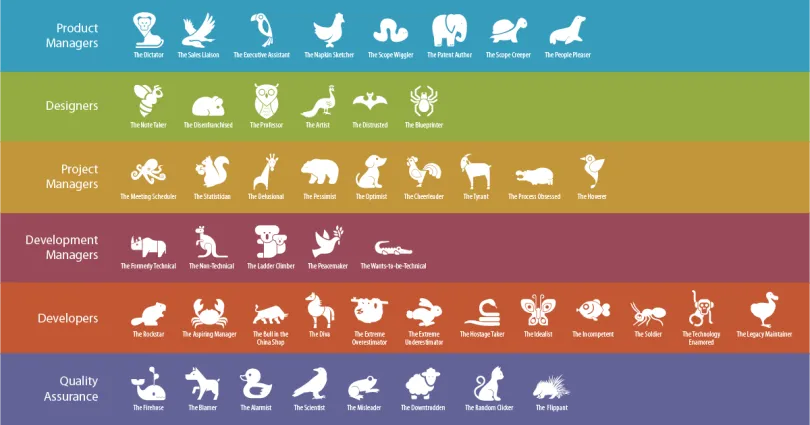
The nice thing about this list is that it also offers some fixes to negative traits, if possible. Well worth bookmarking.
Curiously, it’s missing Scrum Masters and Agile Coaches. I wonder why …
The Type(s) of Alien
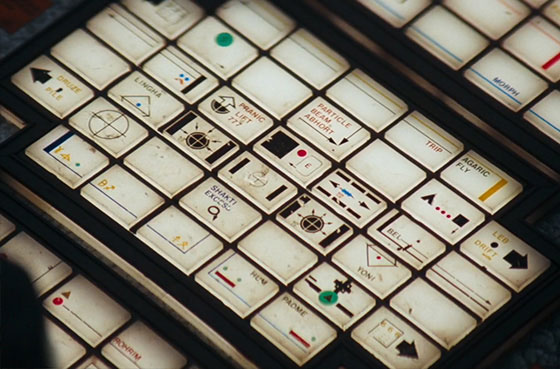
I re-discovered a real gem recently, and to my astonishment I never featured it here! What an injustice! If you’re in the middle of the Venn Diagram of “Typography buff”, “SciFi-Horror-Aficionado” and “Deep-Dive Fan”, thenthis treatise on the typography of Alien is your Wednesday lunch, dinner and midnight snack.
And if you think the author only deals with the cinematic typography (like title cards), the computer user interfaces (there are many) or the obvious stuff written in big letters on walls and spaceships (also quite a bit), then you’re in for a big surprise. Because here’s a screenshot of a pack of cigarettes that’s discussed:
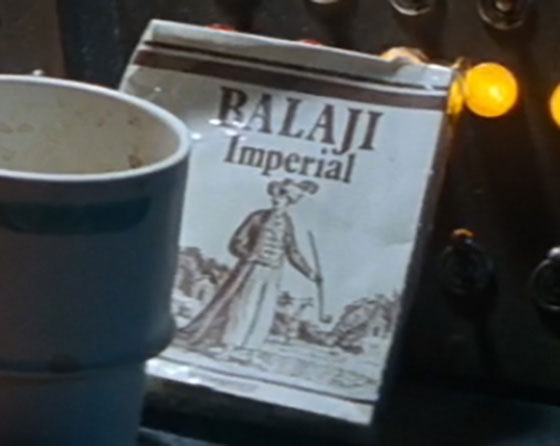
And it’s not the only really obscure thing covered in this article.
Oh. And there’s also a stern warning about making sure your localisation efforts are on spot.
Weaponising Thought

Karl Popper is famous for a breakthrough idea in science theory that looks obvious in hindsight. Throughout history, science was plagued by the question when something can be said to be true. When are you entitled to say that all metals are magnetic? Or all swans are white? Those sentences are impossible to verify, because you cannot go out there in the universe and test the magnetic properties of every asteroid you find. Popper solved that problem with something he called “Falsification”. Simplified, he said it’s ok to consider something to be true, until we find evidence that counter the claim. For example, it’s ok to consider “All swans are white” to be true, until you find a non-white swan. That implies two things: First, every theory - in order to be considered scientific - must tell you how you could prove it wrong - it must be falsifiable. Second, you actually have to go and check.
That was a great insight that solved a lot of science’s problems in the late and middle 20th century. But it was also quickly abused. Because the flip side of that idea is: If you find just a tiny hole in the reasoning or the data of a huge corpus of scientific work, falsification gives you an excuse to dismiss the whole concept. This is how climate-change deniers work: They ignore the fact how incredible it is that theoretical climate change models work at all, and just look for incorrect predications or questionable assumptions, completely ignoring the bigger picture of how our understanding of climate change evolved.
Another way falsification is abused is by claiming that a scientific theory like the theory of evolution is a religious believe, and not a scientific theory, because it struggles to express ways how it could be falsified. And in the eyes of anti-evolution ways of thinking, if you cannot readily show how your theory can be disproven, it must be non-science.
Falsification was all about advancing knowledge and understanding, not about sowing doubt, misrepresenting the scientific qualities of disputed ideas, and outright dismissing big ideas because some detail is off.
In a great essay, Marina Benjamin details the weaponisation of Poppers great idea.

Inbox Zero is such a wonderful concept, you cannot possibly have it ruined by people actually replying to your emails.
Silly Game - The Iceberger
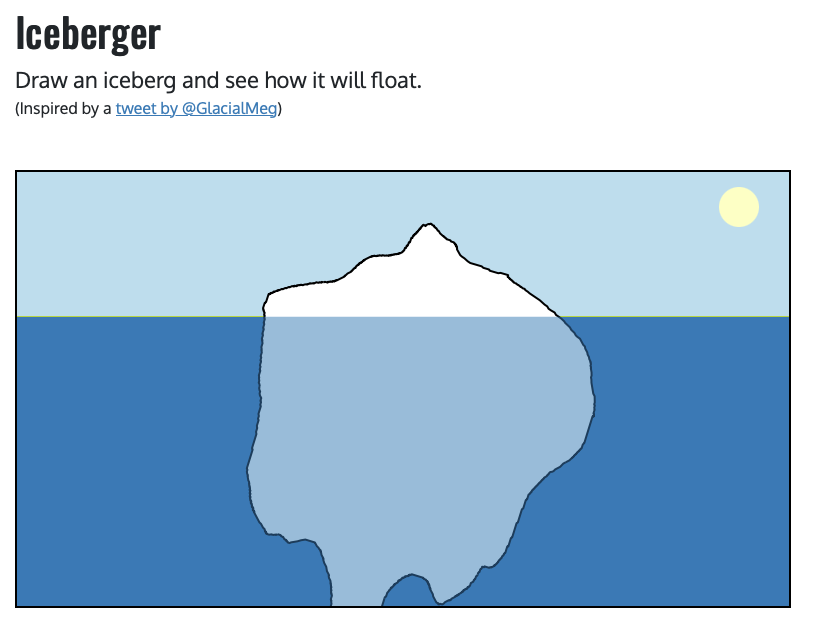
Of course I tried it with the famous iceberg depicting a well-managed agile product backlog, assuming that it will surely tople (because it’s just a metaphor). But of course, it doesn’t, and actually is a pretty stable iceberg.
And if you really want to drag that joke on for too long, there’s now an improved and much more complex version as well, where you can also drop your favorite country in the world into the water as an iceberg.
what3words
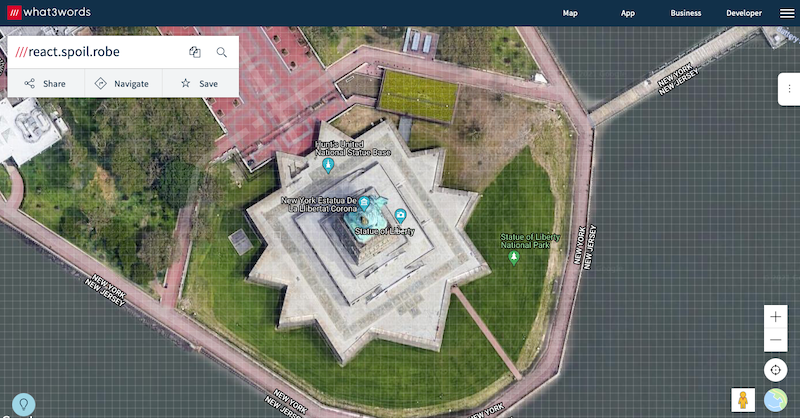
And there’s another one I completely forgot and was reminded of in the last couple of days: What3words is an interesting concept of solving the problem of creating addresses for physical places. What they did was slap a 3x3meter grid over earth, and then assign each grid a combination of three words.
For example, here’s the code for the statue of liberty:
https://what3words.com/react.spoil.robe
As you might notice, this case is a prime example of what can go wrong if you use semantically loaded concepts like words to encode something in an entirely different space of meaning. “React Spoil Robe” is a very interesting phrase to talk about a statue that actually is wearing a robe.
What’s interesting about this approach is that it’s much more precise than street addresses - think about buildings with multiple entries, or very vague place descriptions like parks, plazas, and the like.
I also find it interesting that you can actually create so many data points by just using three words as a code.
And on the other hand - an expectable but still problematic design decision: While what3words is available in many languages, the words used to encode the locations have no connection to each other - it is impossible to translate between languages. That’s it for this edition of Let’s Be Fwends, let’s just hope that there will be plenty of icebergs floating around in the future. (Or even better, less icebergs than currently, because all the ice will be frozen solid in the polar caps (always be precise in what you wish for)). 🧞♂️
Subscribe to Let's be Fwends